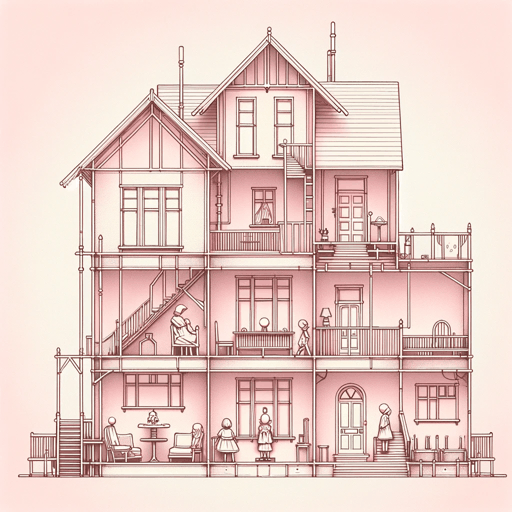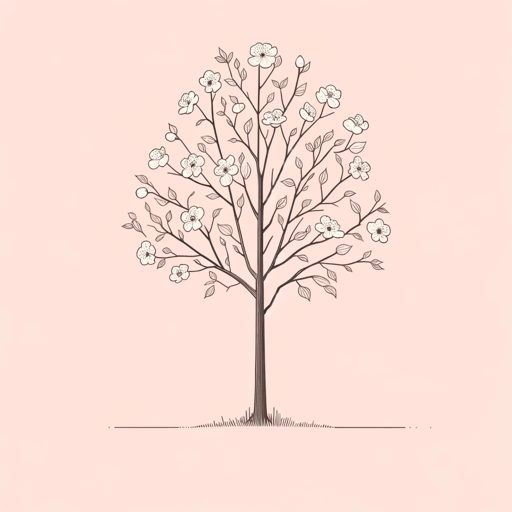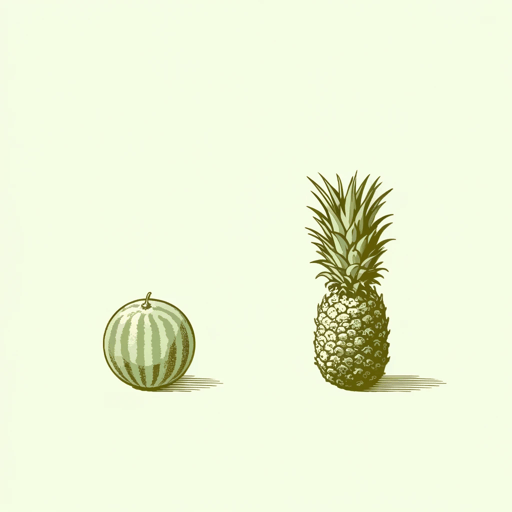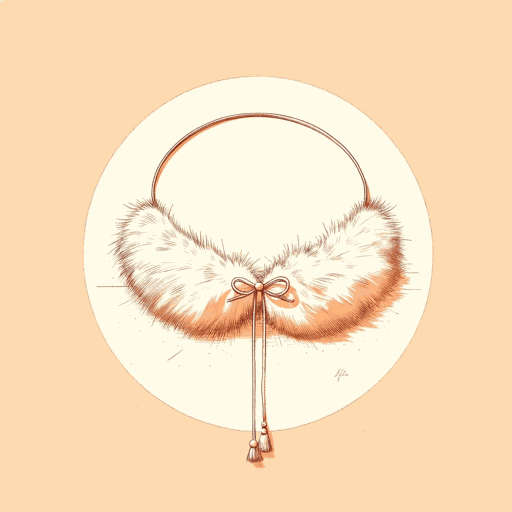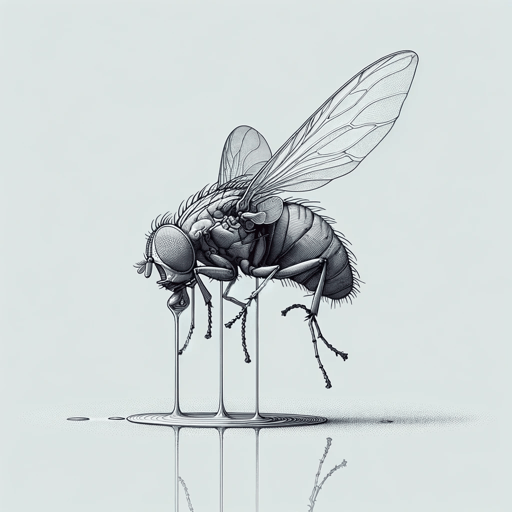28 pages • 56 minutes read
Katherine MansfieldThe Doll's House
Fiction | Short Story | Adult | Published in 1922A modern alternative to SparkNotes and CliffsNotes, SuperSummary offers high-quality Study Guides with detailed chapter summaries and analysis of major themes, characters, and more.
Symbols & Motifs
The Doll’s House
The titular doll’s house serves as the central symbol of the narrative. Its entrance into the lives of the Burnells and their friends disrupts and reinforces the social hierarchy. Through the doll’s house, Mansfield examines the themes of Female Friendship and Child Agency, Social Divisions in the Adult World, and The Politics of Children.
The doll’s house is introduced with an ambiguous blend of descriptors, showing how from the children’s point of view, it appears miraculously colorful and fascinating, while adults reveal that it is not the pristine icon that the children believe it to be. Pat uses a knife to open it, and Aunt Beryl notes that it smells unpleasant. Though a mere object, it holds considerable power for the children and crashes into their small, contained world.
Female friendship requires currency, and Isabel’s granting access to selected friends determines who holds power and desirability. Though the house attracts every girl no matter her social class, the closeness to the house that may be achieved is an immovable metric of worth. While children often perceive themselves as powerless, the doll’s house allows them to exert political control on the playground.
Related Titles
By Katherine Mansfield
